Are Indoor Club Fittings Worth It?
Does not seeing ball flight and skewed acoustics render indoor club fittings worthless? Not entirely, as Sam De'Ath explains...
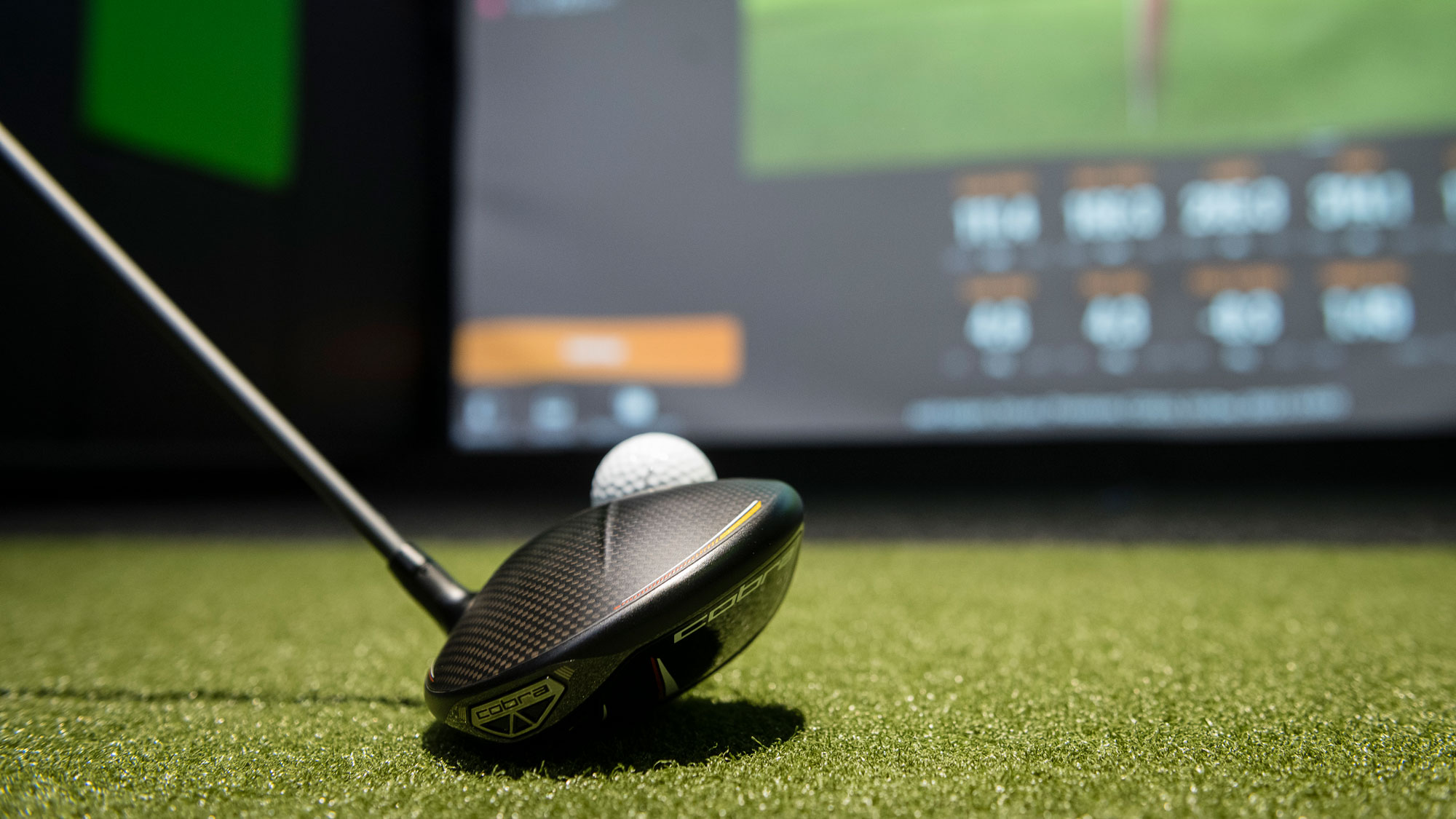

With golf club prices as high as they've ever been, the importance of getting properly fitted into equipment that will compliment your game is of paramount importance. While tour professionals get to test new gear on immaculate grass driving ranges under a hot sun, the majority of us are often cooped up in an indoor studio getting fit for our golf clubs when new product hits the shelves. But how realistic is this and are the two scenarios comparable?
Removing The Variables
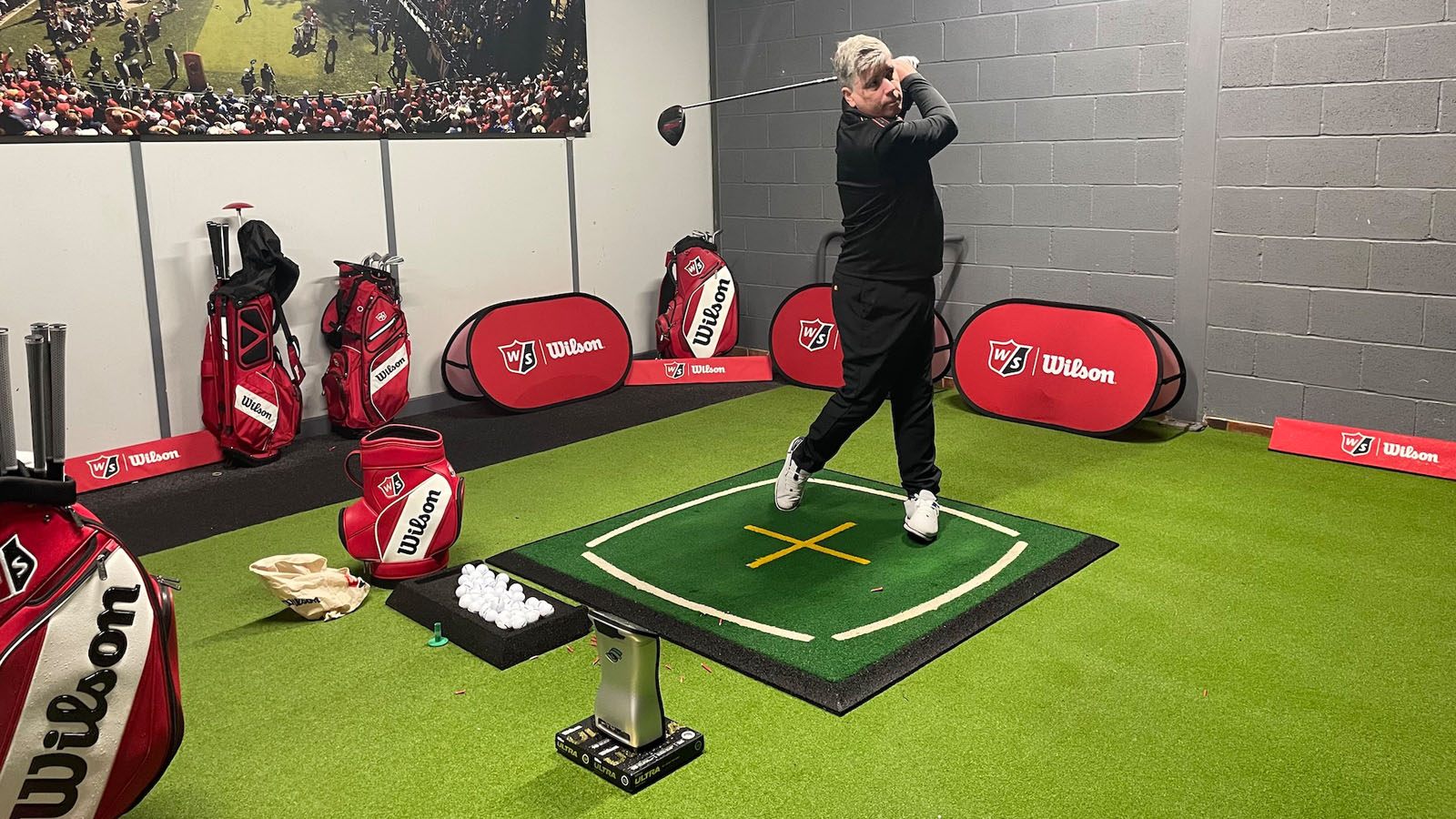
An indoor custom fitting takes out external variables
One of the first and most obvious things that should be pointed out when it comes to an indoor fitting is that you eliminate a lot of external variables such as wind, lie, moisture and dirt, which all play a massive role in the outcome of a shot. In fact, I recently attended a fitting where the wind was howling into and out of the right, which then automatically made me adjust my aim, put the ball further back in my stance and play a soft fade to hold the ball up - something I wouldn’t have done had I been hitting a standard golf shot. Even if you know the 'Normalisation' feature has been turned on to negate things like wind, subconsciously you always try and get your ball to finish on target.
However, from a fitters point of view, by hitting in a controlled environment they will gain a quick understanding of what your natural ball flight and swing tendencies are, which will massively speed up the process of finding roughly which head and shaft combination they should be gravitating towards.
While we rarely play golf in completely calm conditions with perfect lies on fairways, proceeding with a fitting indoors will still give you a good understanding of your ‘stock’ shot and eliminate other factors like temperature and altitude, which can also affect your ball flight.
Hitting Into A Screen
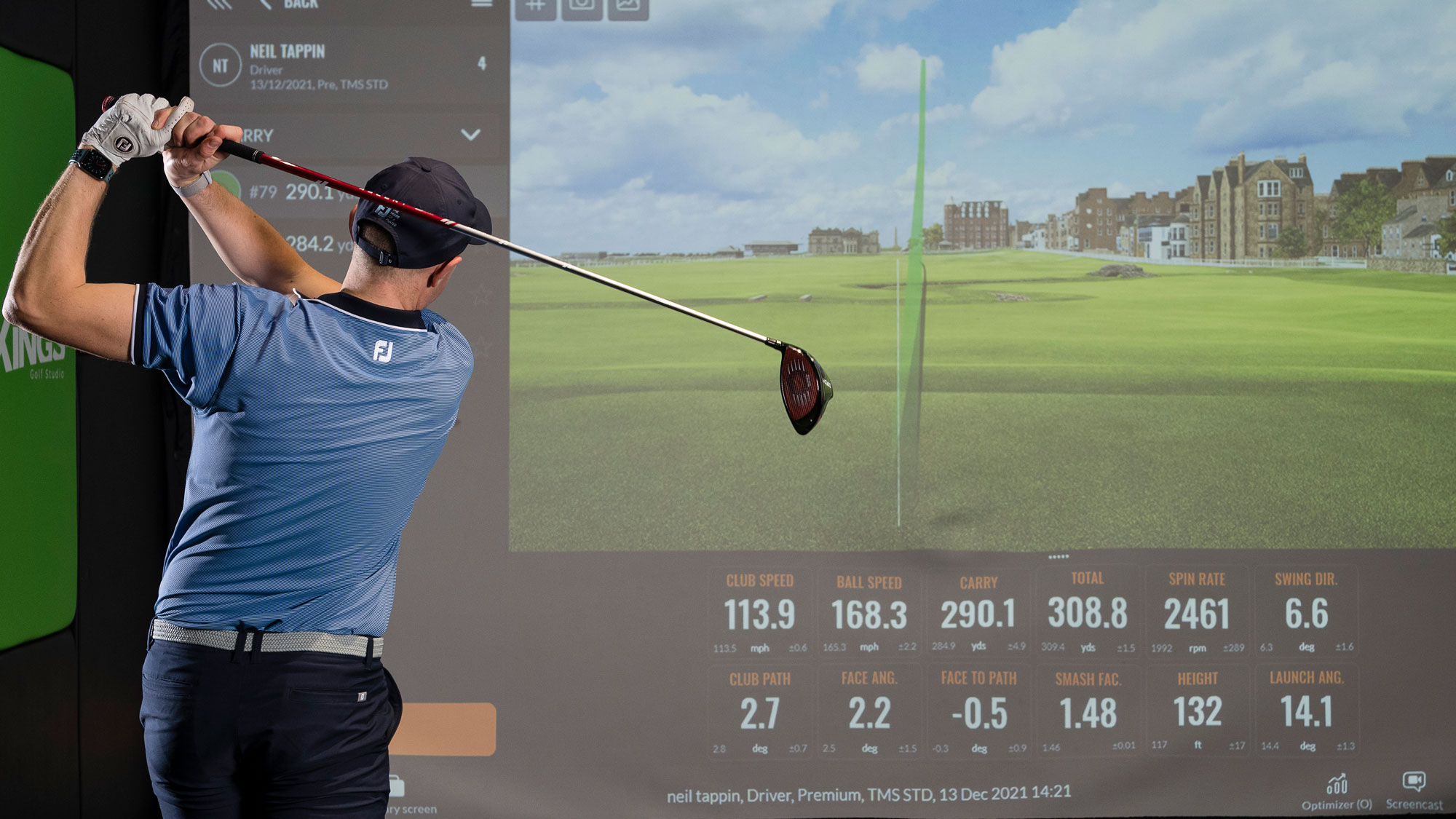
Ball flights can appear different on screen compared to outside
Before the days of studying data produced by some of the best launch monitors such as Trackman and the Foresight Sports GCQuad, fittings would be conducted by observing ball flight under the trained eye of a resident fitter. As much as I value the quantifiable data produced by these launch monitors, if the club is not producing the ball flight you want to see on the golf course, it really doesn’t matter what the numbers say. Yes, some validation of an increase in distance or consistency of spin is important, but it’s very hard to get a good understanding of the ball flight when hitting indoors, even on some of the best golf simulators.
I have actually had a few fittings that I vividly remember, one for a driver and one for a set of irons, both of which I went through an indoor fitting process and felt as though we had reached a good conclusion as to which set-up we were going to proceed with. But on the course, it didn’t feel as though they performed anything like the same. The ball flights were not in the same window I was used to and seeing, which sapped the confidence I had in my brand new clubs - not ideal.
This is one of the reasons as to why there is a huge benefit to having a fitting where you can see the ball flight. I feel it can elevate the experience to the next level and by the end of the fitting, not only will you have clubs producing the correct numbers, you will likely dial in clubs that produce your desired trajectories as well. It would always be worth asking the question about the possibility of trialing the product you have been fit into on the course or at least on the range before they complete the order - that way you be confident in your decision before making the purchase.
Get the Golf Monthly Newsletter
Subscribe to the Golf Monthly newsletter to stay up to date with all the latest tour news, equipment news, reviews, head-to-heads and buyer’s guides from our team of experienced experts.
Mat Vs Turf
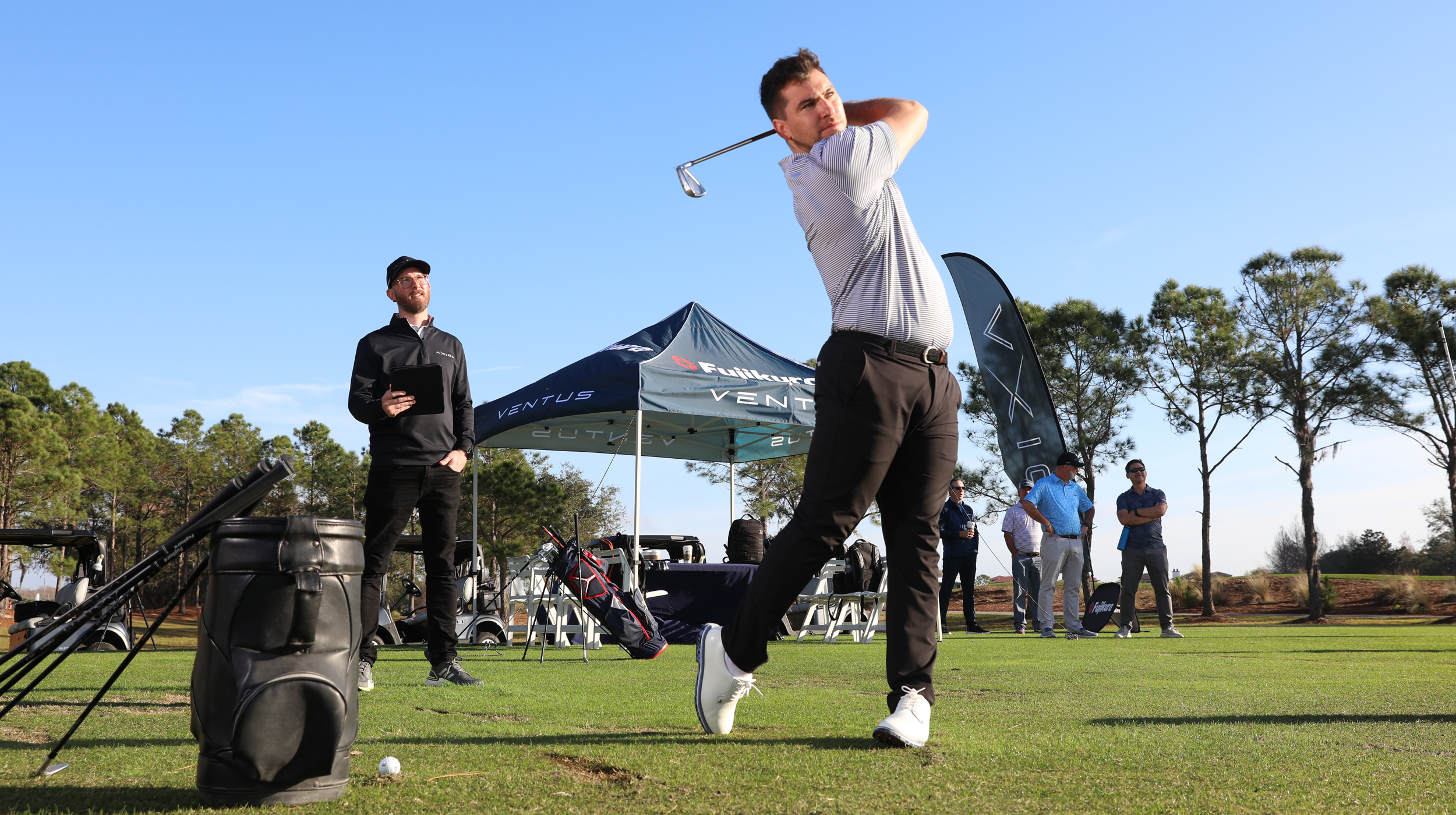
Sam De'Ath during a Fujikura Iron shaft fitting
Hitting from a mat has much more influence on strike and ball flight than first meets the eye, much like when we are on the course and the grass is cut at different lengths. When playing on firmer turf, such as links, it’s much more likely that the strike location will be slightly lower on the face and therefore the launch of the ball will be lower and have more spin. This rings true when it comes to mats as well, however, when a mat is softer, the ball is much more likely to pop up, ride up the face a little higher, resulting in a higher launch but with less spin.
It’s also worth noting that there is a lot more room for error when hitting off a mat as opposed to outside on grass. Golfers will get away with shots caught slightly heavy on mats and so it’s important to be honest with your fitter as and when you miss-strike shots. This is because if there’s a pattern, the fitter can adjust the set-up of that club accordingly. Through the use of launch monitors and the sound of the strike, a good fitter will most likely pick up on miss-hits, but it's worth pointing them out regardless.
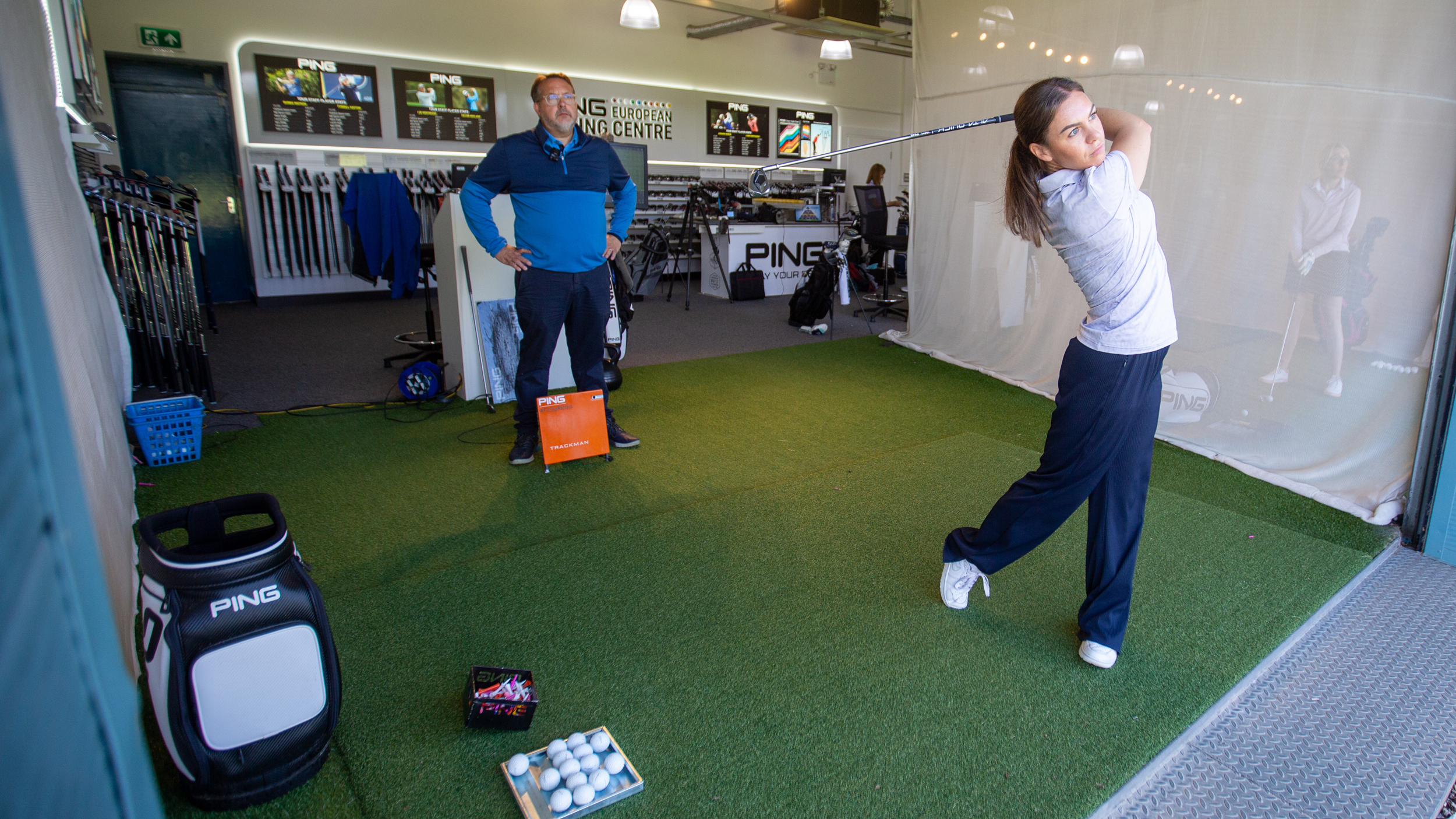
Many world class facilities have the option of both indoor and outdoor fittings
Skewed Acoustics
Hitting golf clubs indoors creates a different audible experience versus what the sound and feel of the club is like outside. Often clubs hit indoors sound louder and more echoey than they do outdoors, which is something to bear in mind if the sound of the club is really important to you. Among the best golf drivers there are some big variations in how a club sounds, for example, and when left with a choice of two models that perform very similarly at a comparable price, the sound could be the deciding factor.
Choice
Some brands are even creating specific apps that allow fitters to fit golfers more precisely indoors, which makes sense given most new product becomes available in February and there are plenty of golfers keen to get their hands on the latest kit as soon as possible every year. Titleist, for example, utilises a clever Vokey Wedge Fitting app when fitting its SM9 wedges, which gives accurate recommendations of loft, bounce and grind based on launch monitor data gathered indoors.
On top of the major differences outlined above, it’s worth mentioning that there are very few fitting centers that give you the opportunity to hit balls outside on flush turf. Those that do are normally national fitting centers for major companies and fittings at these state-of-the-art facilities are often fairly pricey. Indoor facilities are much more likely to possess a wider range of equipment, including shafts and heads so you can be much more precise with what equipment suits your game the best.
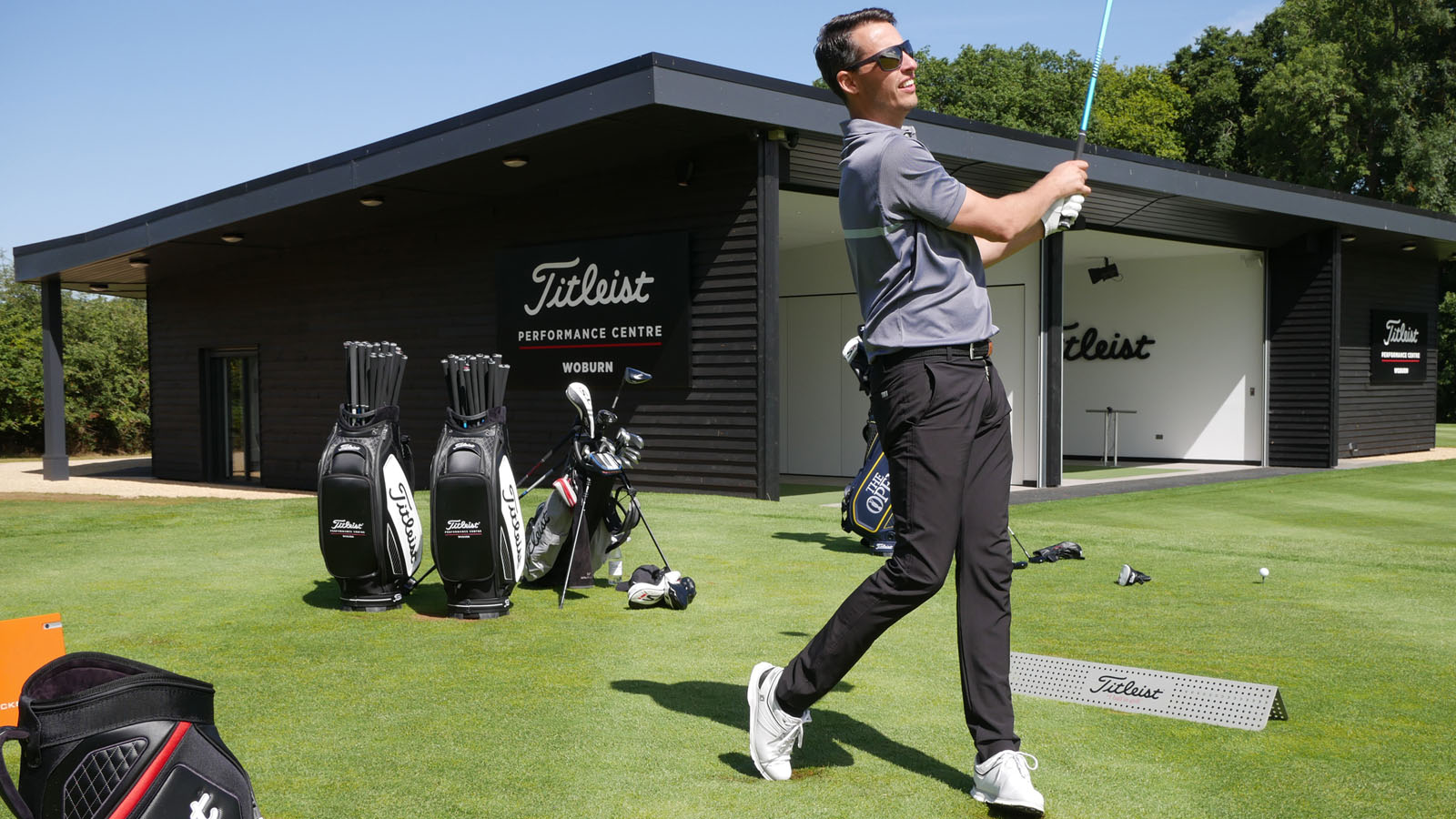
Testing product outdoors after is a great way of checking over the ball flight
There are certainly positives and negatives to being fitted indoors and there are plenty of good reasons as to why you could argue one would be more beneficial than the other. Indoor fittings are certainly worth it for those in the market for new clubs and undeniably better than having no fitting at all - we would just urge golfers to keep in mind some of the points mentioned above when going through the process.

Sam has worked in the golf industry for 14 years, offering advice on equipment to all levels of golfers. Sam heads up any content around fairway woods, hybrids, wedges, putters and golf balls but also writes about other equipment from time to time.Sam graduated from Webber International University in 2017 with a BSc Marketing Management degree while playing collegiate golf. His experience of playing professionally on both the EuroPro Tour and Clutch Pro Tour, alongside his golf retail history, means Sam has extensive knowledge of golf equipment and what works for different types of golfer.
Sam’s current What’s In The Bag?
Driver: TaylorMade Qi35 9°
Fairway Woods: TaylorMade Qi35 15°, Srixon ZXi 18°
Irons: TaylorMade CB (6-PW) P770 (4-5)
Wedges: Titleist Vokey SM10, 50°, 54°, 60°
Putter: Kevin Burns 9307
Ball: Titleist Pro V1x
-
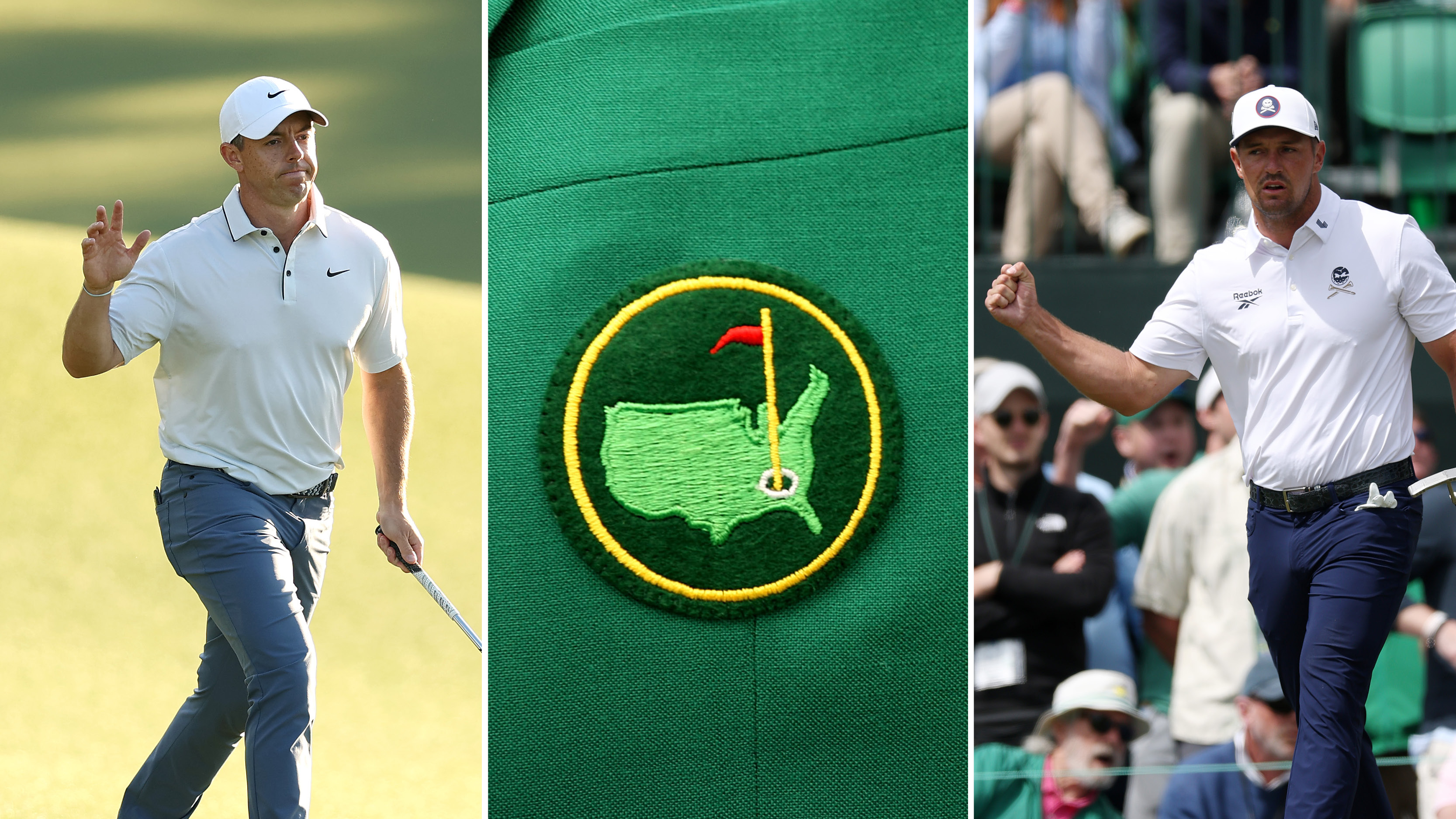 Rory McIlroy vs Bryson DeChambeau: Who Are We Picking To Win The 2025 Masters?
Rory McIlroy vs Bryson DeChambeau: Who Are We Picking To Win The 2025 Masters?We're set up for a blockbuster final day at Augusta National where Rory McIlroy and Bryson DeChambeau play together in the final group
By Elliott Heath Published
-
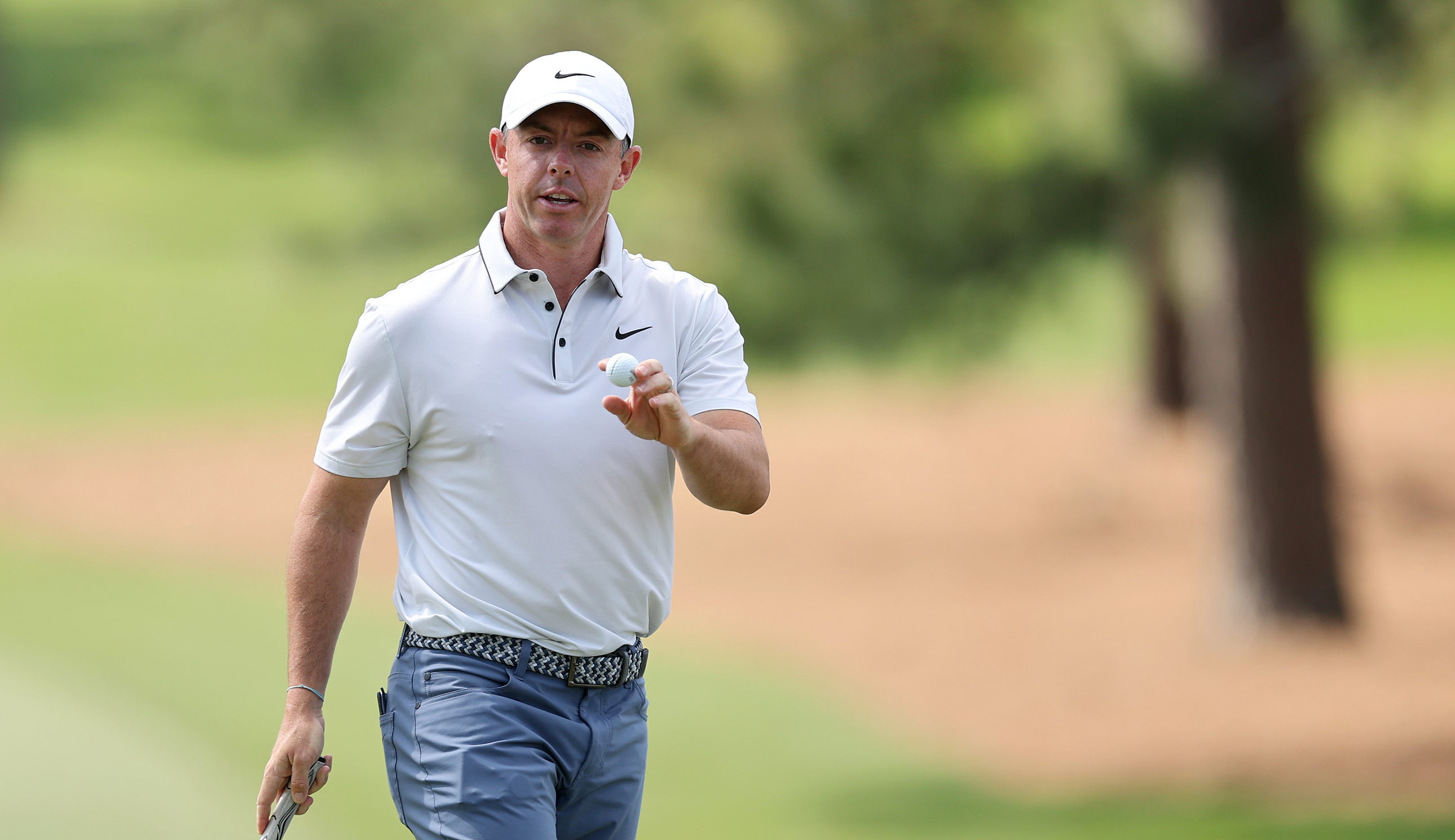 The Masters Crystal Rory McIlroy Has Already Won At Augusta National This Week
The Masters Crystal Rory McIlroy Has Already Won At Augusta National This WeekMcIlroy leads going in to the final round at Augusta National, with the four-time Major winner already bagging some silverware before he looks to claim the Green Jacket
By Matt Cradock Published
-
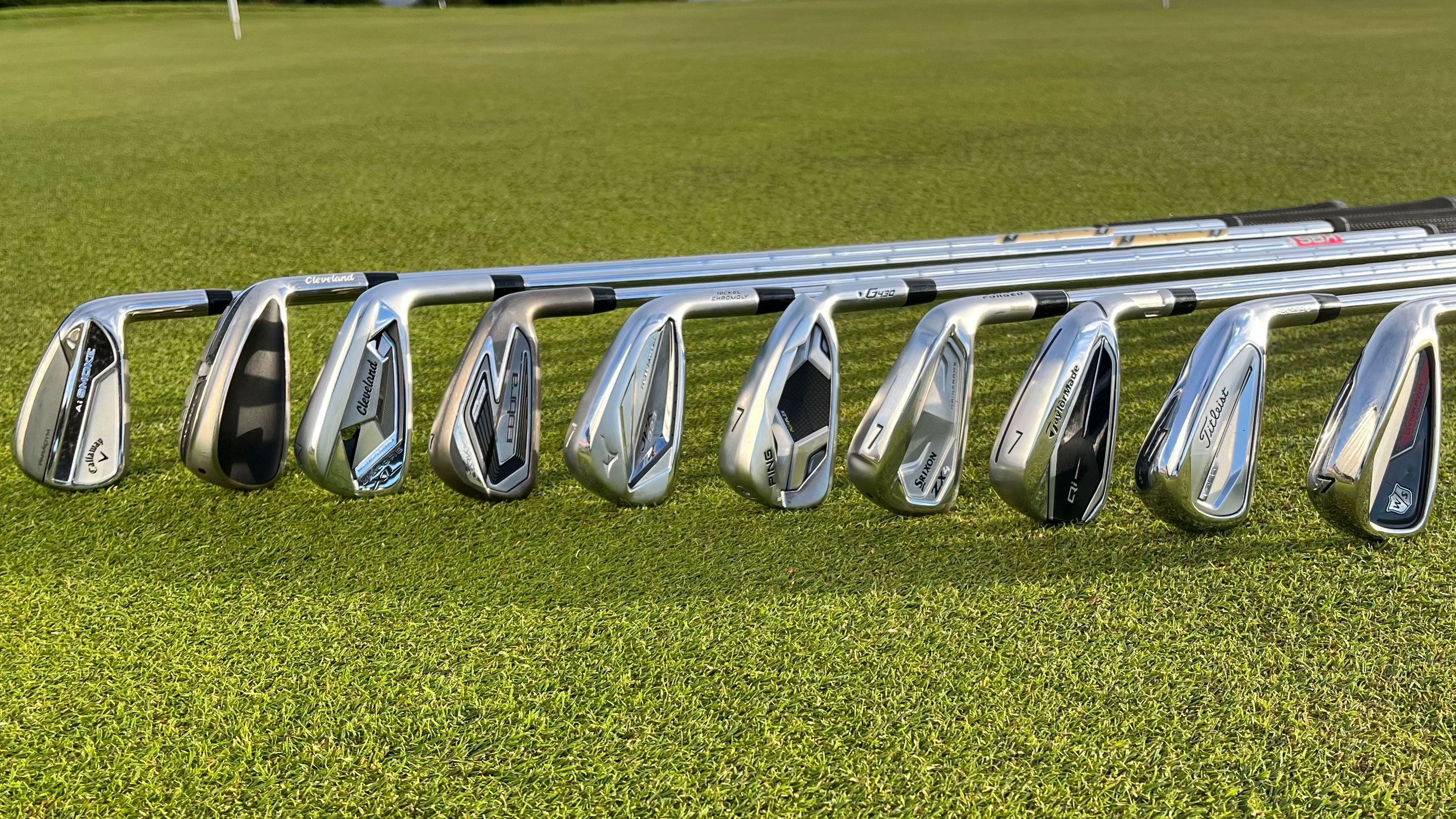 Do You Need Stronger-Lofted Irons? The Arguments For And Against
Do You Need Stronger-Lofted Irons? The Arguments For And AgainstAre you looking for greater distance? We look at the pros and cons of playing irons with stronger lofts
By Michael Weston Published
-
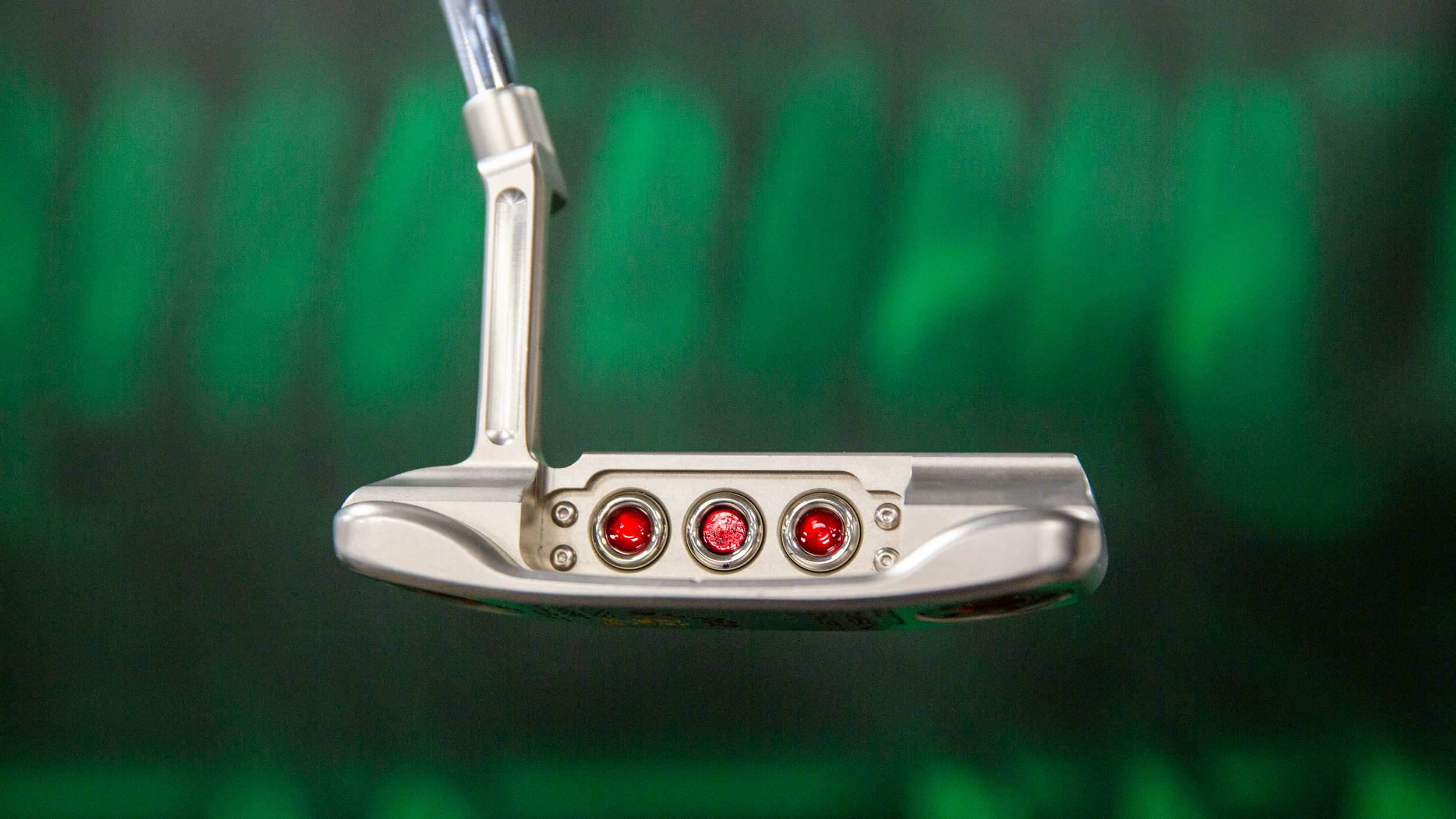 What Is My Putter Worth?
What Is My Putter Worth?Is now the time to part with your flatstick? You might be wondering how much it's worth, but there are many factors to consider that will affect its value...
By Michael Weston Published
-
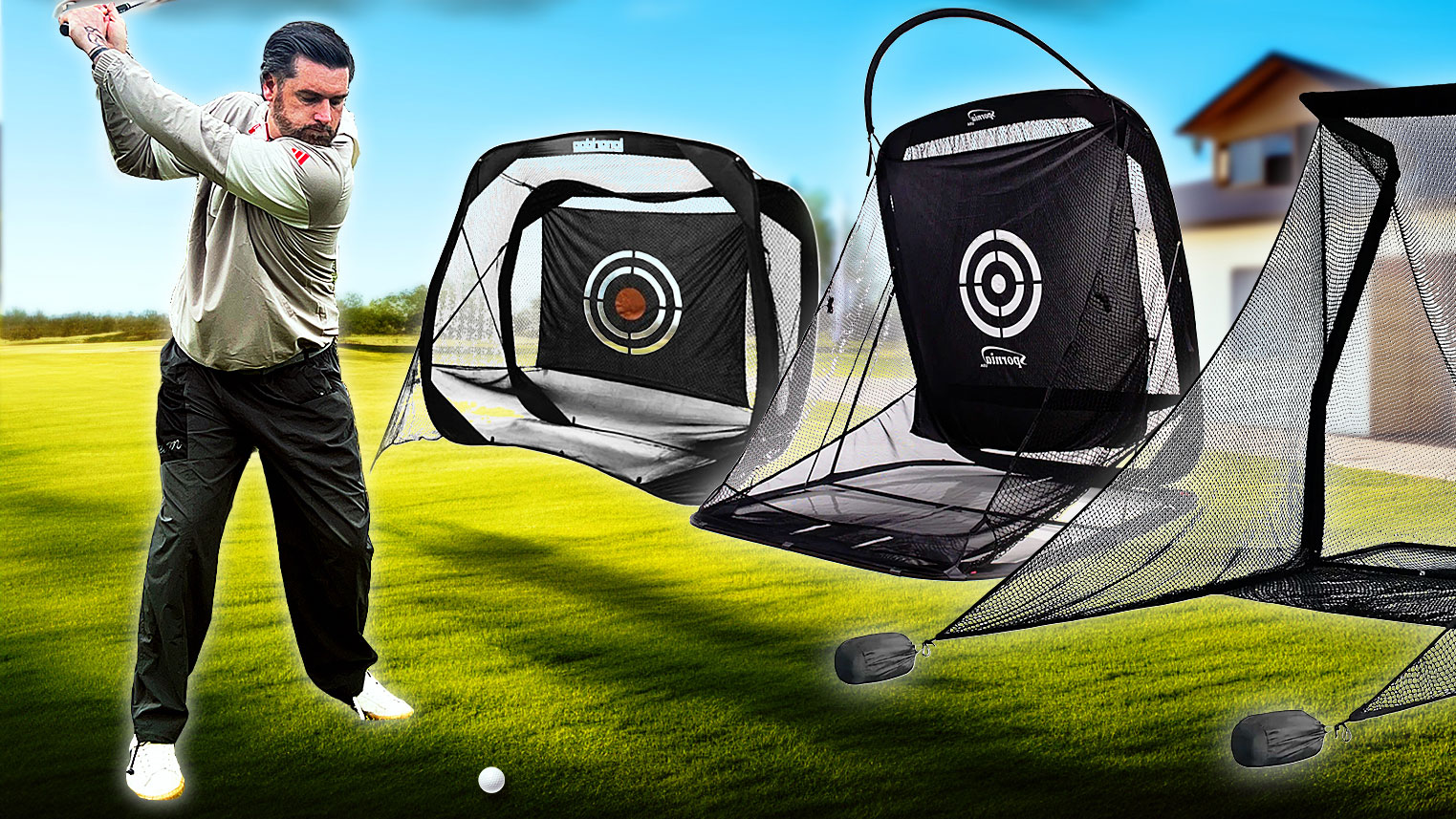 I Tested 5 New Golf Practice Nets And One Really Stood Out
I Tested 5 New Golf Practice Nets And One Really Stood OutJoe Ferguson has been looking at some home practice solutions to see which one might best suit your needs and budget
By Joe Ferguson Published
-
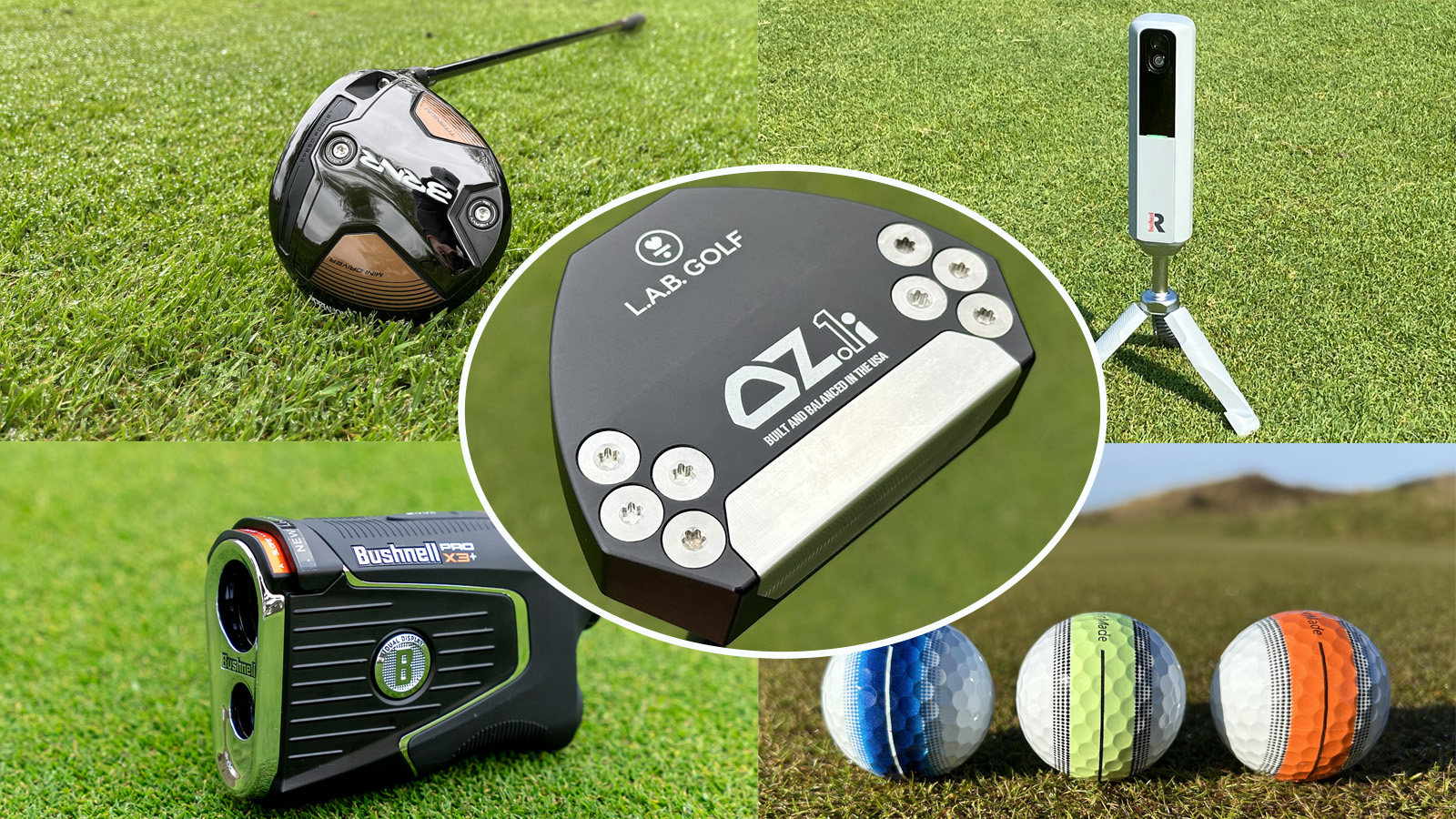 The 7 Biggest Golf Gear Trends In 2025
The 7 Biggest Golf Gear Trends In 2025Take a look at the most popular golf equipment trends of 2025 and why your game may benefit from them
By Sam De'Ath Published
-
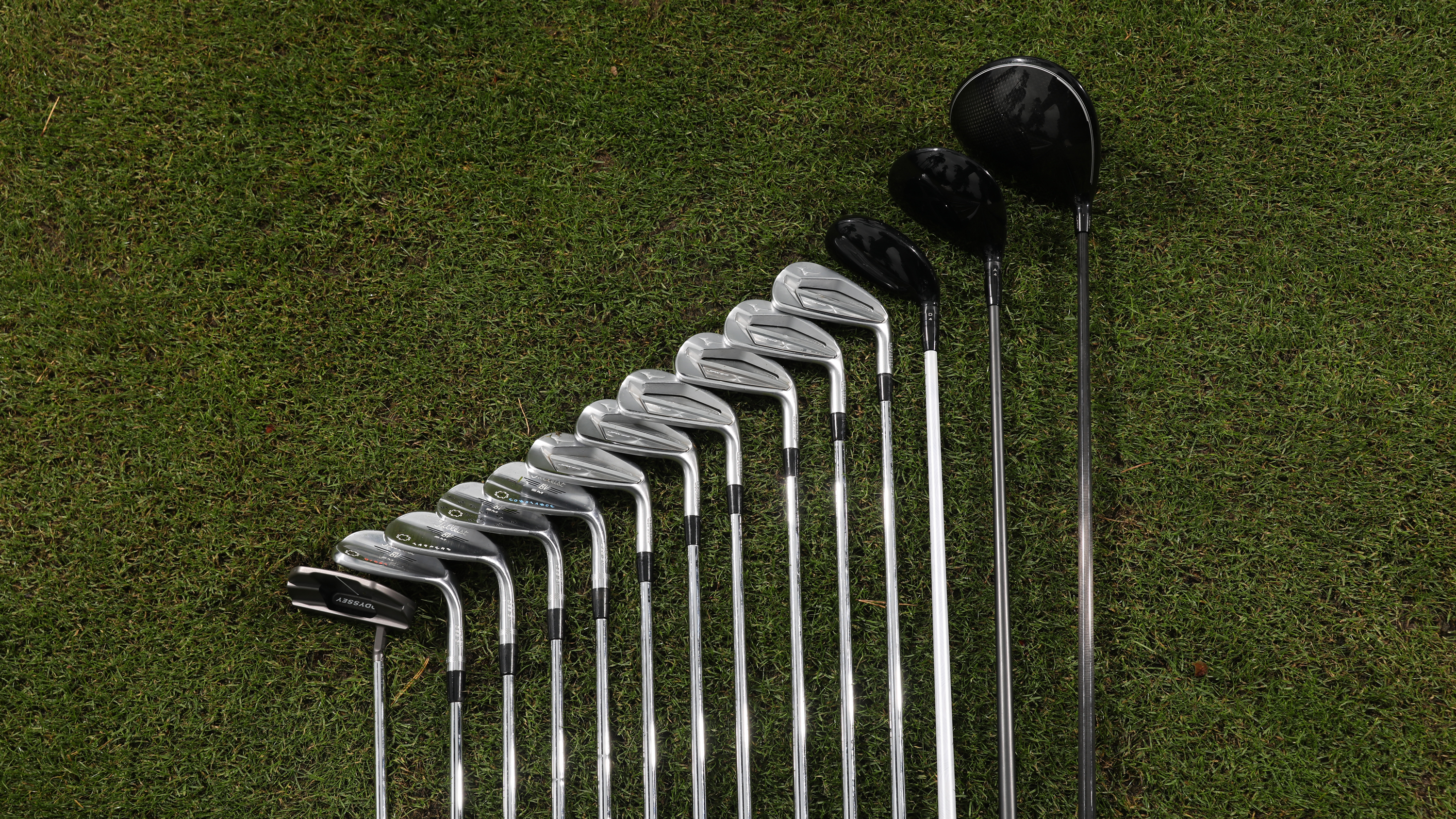 What Club Should Take The 14th Spot In Your Golf Bag?
What Club Should Take The 14th Spot In Your Golf Bag?The Rules say you are allowed to carry 14 clubs so you might as well do so, choosing the right weapon to complete your set-up could change your game.
By Fergus Bisset Published
-
 Should Some Men Use Women’s Golf Clubs?
Should Some Men Use Women’s Golf Clubs?Could a swap to women’s golf clubs help some men’s games? Is it a realistic option to make the switch? We spoke to a PGA pro to get the answer
By Fergus Bisset Published
-
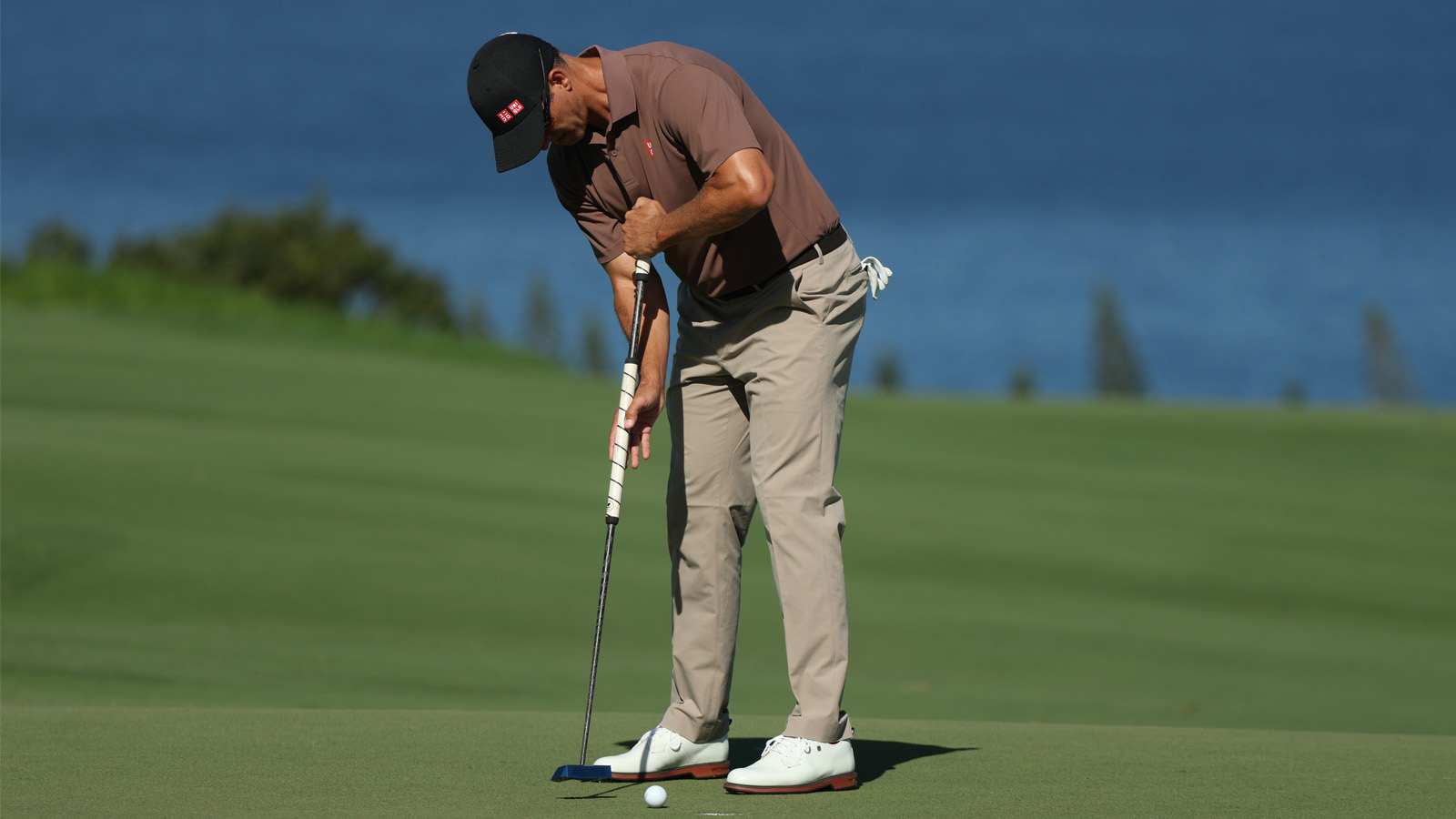 Long Putters Are On The Comeback And I Don't Like It
Long Putters Are On The Comeback And I Don't Like ItIncreasingly used by some of the best golfers in the world, are long putters making a comeback that no-one saw coming? I for one hope not
By Sam De'Ath Published
-
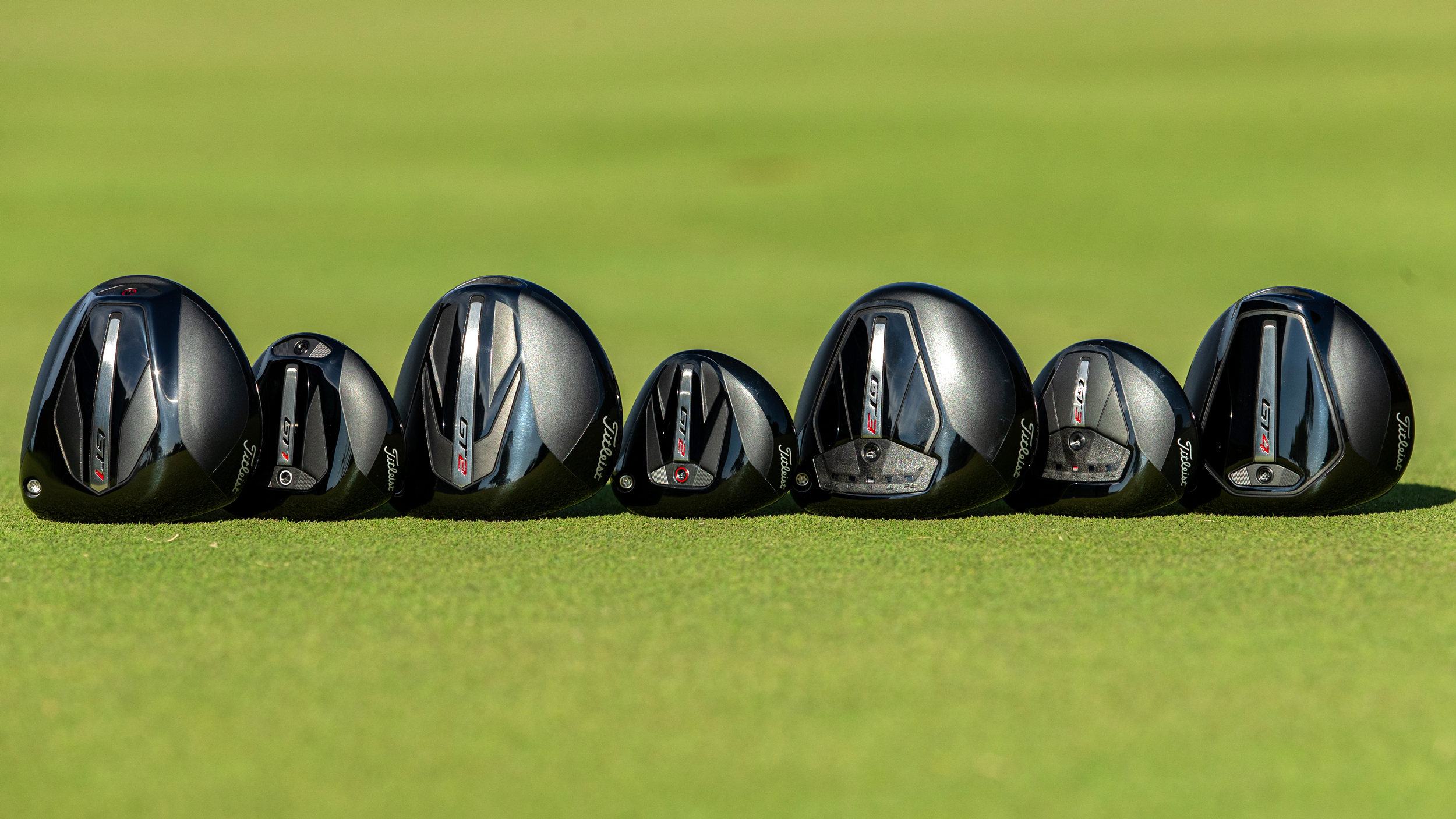 How To Build The Right Set Of Metalwoods For Your Game
How To Build The Right Set Of Metalwoods For Your GameHow should you configure the clubs at the top end of the bag? We outline everything you need to consider when choosing a driver, fairway wood and hybrid…
By Joel Tadman Published